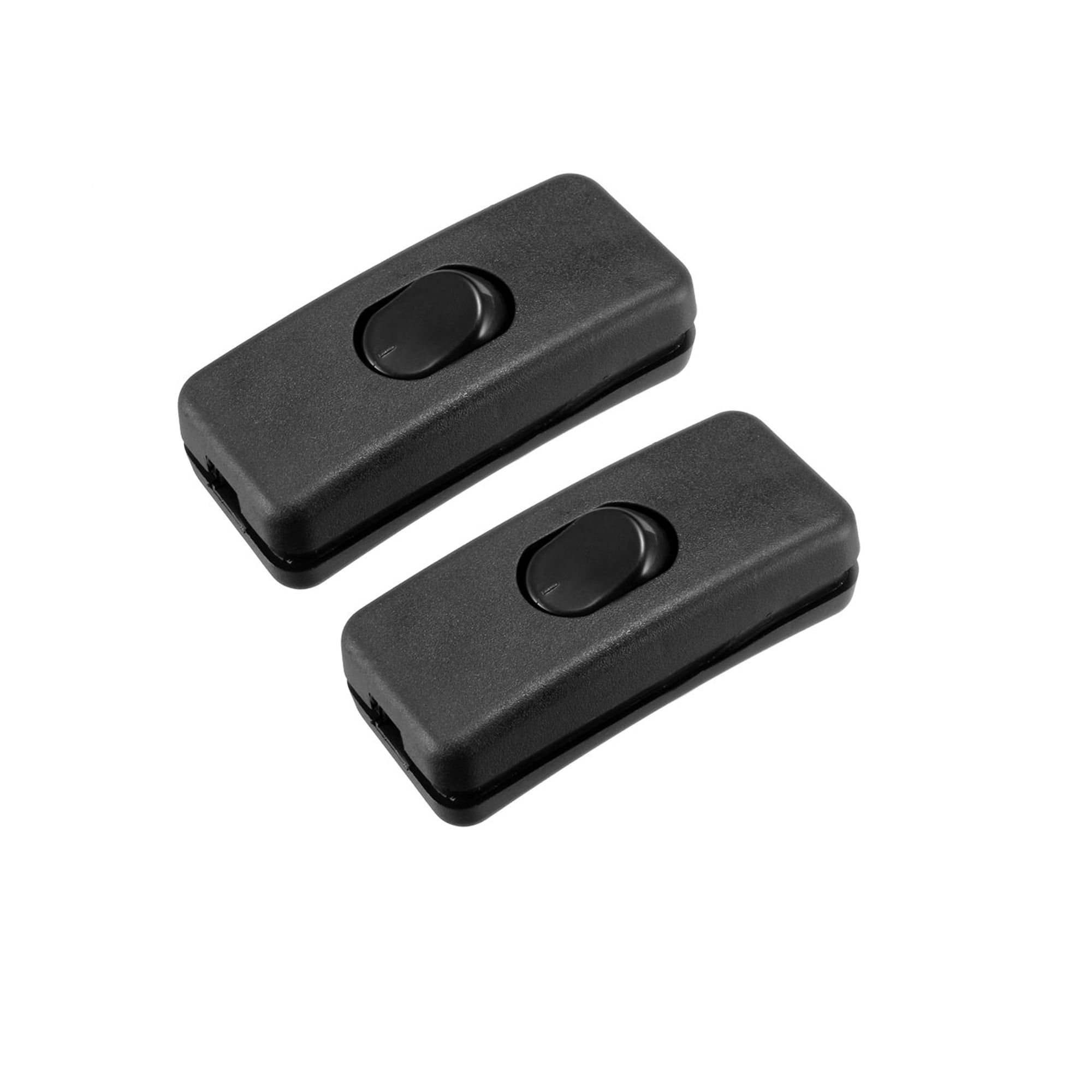

In a 2020 study, published in the journal Nature Chemical Biology (opens in new tab), the team reported that these cytochrome-based nanowires come in multiple "flavors," which conduct electricity with different levels of efficiency.īut even after the team revealed the chemical makeup of the nanowires, pili proteins still cropped up in their biochemical assessments of the Geobacter bacteria. "That was a big surprise." Instead, the team found that the nanowires were made of proteins called cytochromes, which readily transfer electrons down their lengths and therefore make much better nanowires than pili. "That's when we realized that there are no pili on the bacterial surface at all," Malvankar said. (Image credit: NIKHIL MALVANKAR / YALE UNIVERSITY) Nanowires branch from the surface of Geobacter microbes. Related: The bacteria in your gut produce electricity Malvankar and his team investigated this conundrum in a 2019 study, published in the journal Cell, during which they examined Geobacter bacteria using cryo-electron microscopy (cryo-EM), a technique that involves shining a beam of electrons through a substance to take a snapshot of its component molecules. This notion seemed to be supported by the fact that, if you delete the genes needed for pili construction from Geobacter bacteria, nanowires no longer appear on their surfaces, Malvankar said.īut there was a problem: Pili proteins don't contain any metals, like iron, that conduct electricity. Initially, scientists assumed that the nanowires were pili. "And somehow, these bacteria are using these nanowires like a snorkel which is 100 times their size, so that they can keep breathing over such long distances." This impressive feat generates an electric current, as electrons continually flow through the lengthy nanowires.īut although scientists discovered these nanowires in the early 2000s, Malvankar and his colleagues only recently discovered what the cellular snorkels are actually made of. "I cannot breathe oxygen which is like 100 meters away from me," Malvankar said. These thin nanowires are 100,000 times smaller than the width of a human hair and can transport electrons over huge distances, hundreds to thousands of times the original microbe's body length, Live Science previously reported. So, to get rid of their excess electrons, the bacteria coat themselves in thin, conductive filaments, called nanowires, which can shuttle electrons out of the microbes and to other bacteria or minerals in the environment, such as iron oxide. Just like humans, Geobacter microbes generate waste electrons during metabolism, but they don't have access to oxygen like we do.


 0 kommentar(er)
0 kommentar(er)
